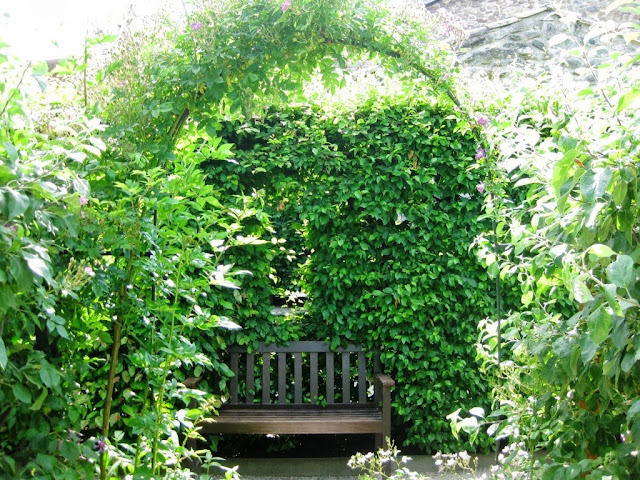
Attracting Wildlife with Vertical Gardens
Introduction
Vertical gardens have gained popularity as a means of bringing nature into urban spaces. This article explores the concept of attracting wildlife with vertical gardens and discusses its relevance and importance.
Historical Background
Vertical gardening techniques have evolved to meet the demand for green spaces in urban areas. Ancient civilizations created hanging gardens to attract birds and insects, serving as early examples of attracting wildlife with vertical gardens.
Key Concepts and Definitions
Vertical gardening involves growing plants vertically on walls or structures. It creates wildlife habitats in urban environments, providing necessary resources and conditions for wildlife to thrive.
Main Discussion Points
Benefits of Vertical Gardens in Attracting Wildlife
Vertical gardens play a crucial role in increasing biodiversity in urban areas. They provide shelter and food sources for various wildlife, including birds, insects, and small mammals. Additionally, they contribute to the conservation of natural habitats by providing alternative environments for wildlife.
Design Considerations for Attracting Wildlife with Vertical Gardens
When designing a vertical garden to attract wildlife, native plant species selection is crucial. Native plants are adapted to the local ecosystem and provide food and shelter for native wildlife. The structure and layout of the garden should be carefully planned to provide different levels and niches for wildlife to inhabit. Including water sources and nesting opportunities enhances the habitat value of the vertical garden.
Case Studies or Examples
Case Study: Vertical Garden at XYZ Park Attracting Various Bird Species
The vertical garden at XYZ Park was designed with native plant species known to attract birds. It included different levels and niches to accommodate various bird species. Observations revealed an increase in bird populations and their interactions with the vertical garden.
Case Study: Vertical Garden on a Residential Building Promoting Butterfly Population
The vertical garden on a residential building was specifically designed to attract butterflies. Careful selection of plant species and their placement created an ideal butterfly habitat. Different butterfly species and their behavior were observed and documented.
Current Trends or Developments
Research Findings on the Effectiveness of Vertical Gardens in Attracting Wildlife
Recent research demonstrates that vertical gardens are highly effective in attracting and supporting wildlife in urban areas. Studies have documented increased biodiversity and the presence of various species in vertical gardens.
Innovations in Vertical Garden Design for Wildlife Habitat Enhancement
Ongoing innovations in vertical garden design aim to enhance their habitat value for wildlife. These innovations include incorporating nesting boxes, artificial water sources, and specific plant combinations that attract a wide range of wildlife.
Challenges or Controversies
Potential Negative Impacts of Attracting Wildlife with Vertical Gardens
While attracting wildlife with vertical gardens has numerous benefits, there are potential negative impacts to consider. These include the spread of non-native plant species, the introduction of invasive species, and increased wildlife-human interactions.
Controversies Surrounding the Use of Non-Native Plant Species
The use of non-native plant species in vertical gardens has sparked controversy. Some argue that non-native plants can disrupt local ecosystems and negatively impact native wildlife species. Others believe that carefully selected non-native species can still provide valuable resources for wildlife.
Future Outlook
Potential Expansion of Vertical Gardens as Wildlife Habitats in Urban Areas
The future looks promising for the expansion of vertical gardens as wildlife habitats in urban areas. As awareness of the importance of biodiversity and the need for green spaces grows, more cities and individuals are likely to embrace vertical gardens for wildlife.
Integration of Technology for Enhanced Monitoring and Management
Technological advancements can further enhance the effectiveness of vertical gardens in attracting wildlife. Integration of monitoring systems and smart management techniques can provide valuable data on wildlife populations and help optimize the design and maintenance of vertical gardens.
Conclusion
Attracting wildlife with vertical gardens is a valuable practice for enhancing biodiversity in urban areas. Vertical gardens provide food, shelter, and nesting opportunities, playing a crucial role in creating wildlife habitats and conserving natural ecosystems.